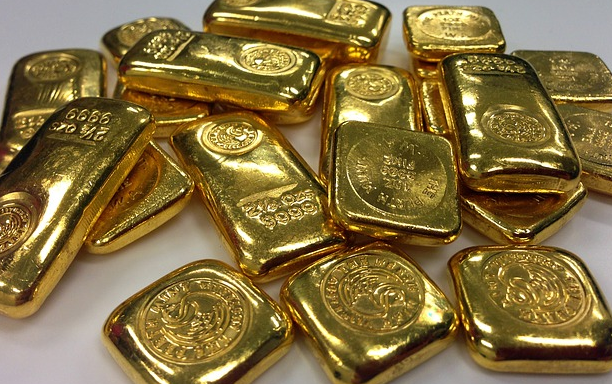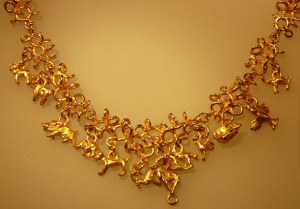Gold is one asset class which has really attracted lot of attraction from investors both in India and other countries in the recent past. The global economic crisis of 2008 and the following economic downturn made investors to select safer asset classes as the values of financial assets like equity has dwindled. The change was more clear in India. Other than the global economic crisis of 2008, the traditional preference for gold and the stalled economic reforms since 2004 that impacted the equity markets made India the biggest consumer of gold in the world in the recent past. But is gold really a good asset class which delivers good ‘real’ returns in the long run?
To answer the question of goldas an investment option, the first thing that should be kept in mind is that gold is just a metal whose intrinsic value remains static. For example, money that is invested in a company can lead to an increase in its productivity and an increase in profits. But gold simply sits in lockers or is used for making jewellery. It is true that gold is also used in making of some medicines and electronic components. But such industrial use of gold is limited. Gold derives its value mostly because of is scarcity.

Now coming to the rise in the price of gold, there is a false impression among the people that the price of gold keeps going up steadily at the rate of 20-30 percent every year. In fact the price of gold had risen exponentially since 2001. But the same may not be true going forward. Jut like any other commodity, the price of gold can rise for sometime and remain static for some time later. For example, gold’s price hit an all time high (till then) of US$ 590 per ounce in the year 1980 and fell down quickly later. Gold’s price remained in the 300-400 dollar range for the next twenty years and further fell to US$ 273 by the year 2000. Its price again started to rise steadily from the year 2001 till 2012. The price of Gold again fell by 28 percent in the year 2013.
So, what is the ‘real growth’ rate of gold prices after adjusting the inflation rate. The simple answer to this question is zero. Yes, in the long run gold yields zero real returns. For example, if an ounce of gold costed US$ 500 in the year 1980 and a bag of rice also costed US$ 500 in the same year. If the price of gold increases to US$ 2000 in the year 2020, a bag of rice will also be costing you the same US$ 2000 then. You can’t buy even a kilogram more of rice by selling an ounce of gold you brought in 1980.
In contrast, if US$ 500 are invested in equity or any other financial instruments in the year 1980, they can give a positive real returns depending upon the performance of the company/instrument you have invested in. Other than hedging you against inflation, equity and financial instruments may leave you something extra.
To conclude, gold is not a good investment option in the long run. At best it can act as a hedge against inflation. If you want some real returns on your investment, you need to look for financial instruments like stocks, mutual funds, and even debt instruments like bonds. Investing in gold in only for people who have the knowledge and expertise to take advantage of the changes in its price in the short run.
Investing in gold in the long term can leave you with much lesser money than what you would have made if you invested in other financial instruments. For people living in countries like India where land is scarce, real estate is the second best investment option to gold after equity.








